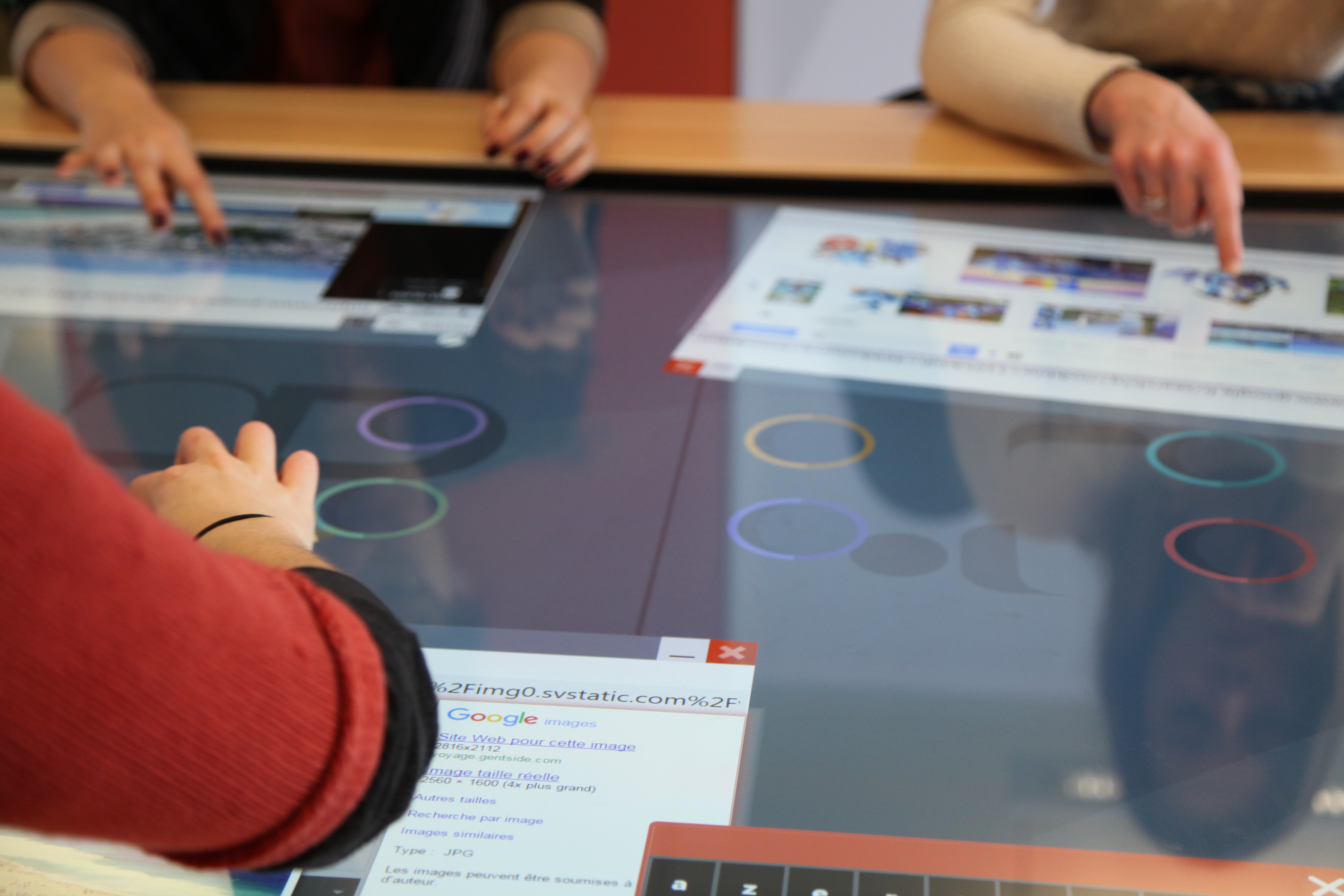Plateforme Halle Numérique
Plateforme de recherche du laboratoire COSTECH hébergée au Centre d'Innovation de l'Université de Technologie de Compiègne

Plateforme de recherche du laboratoire COSTECH hébergée au Centre d'Innovation de l'Université de Technologie de Compiègne

